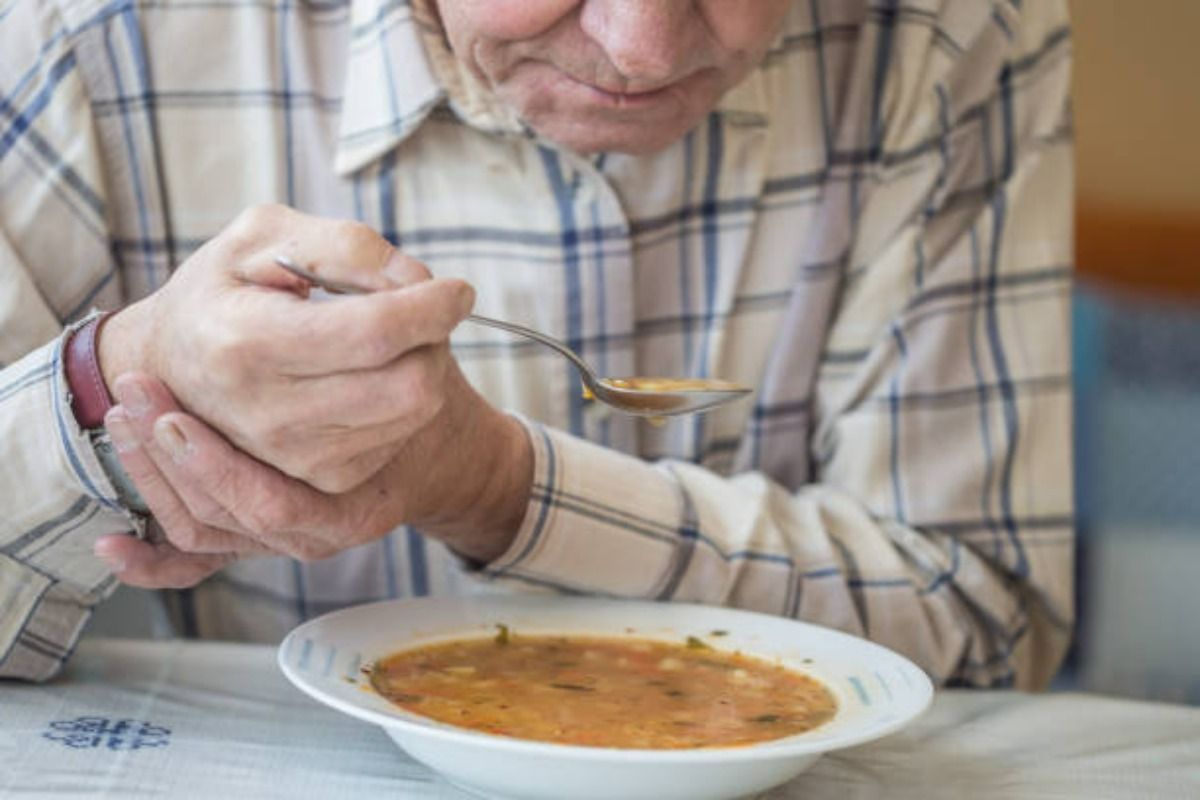Older people taking statins are less likely to develop Parkinsonism later, according to a study led by the American Academy of Neurology. This is compared to people who did not take statins. The study’s findings were published in the journal Neurology.Also read – Genetic ‘switches’ can prevent Parkinson’s disease
Parkinsonism is a term for a group of neurological conditions that cause movement problems including tremors, slowness of movement and inertia, with Parkinson’s disease being one of the more well-known causes. Also read – Parkinson’s medicine eliminates blindness in the elderly
Statins are drugs used to lower blood cholesterol and protect against atherosclerosis, the formation of plaque in the arteries that can lead to hardening of the arteries, leading to heart attack and stroke. Also read – George HW Bush, 91, fell at Maine’s home, breaking his neck bone
“Our results suggest that people who use statins may have a lower risk of Parkinsonism and that may be due in part to the protective effect of statins on the cerebral arteries,” said study author Shahram Owaisgaran, MD of Rush University Medical Center in Chicago.
“Our results are exciting because movement problems are common in adults under the umbrella of Parkinsonism, often debilitating and usually untreatable,” he added.
The study looked at 2,841 people with an average age of 76 who did not have Parkinsonism at the start of the study. Of those, 936, or 33 percent, were taking statins.
The researchers followed up on an annual basis with participants for an average of six years to examine the statins they were taking and to test for signs of Parkinsonism.
People were considered to have Parkinsonism if they had two or more of the following symptoms: tremor, inertia, Parkinson’s gait, characterized by small movements and general slowness of movement, and bradykinesia, a symptom of Parkinsonism. Which makes it difficult for the body to move quickly on command.
By the end of the study, 1,432 people, or 50 percent, had developed signs of Parkinsonism. Of the 936 people who took the statins, 418 or 45 percent developed Parkinsonism six years later, compared to 1,014 or 53 percent of the 1,905 people who did not take the statins.
After controlling vascular risks such as age, gender, and smoking and diabetes, which may affect the risk of Parkinson’s, researchers found that those who took statins had a 16 percent lower risk of developing Parkinson’s after six years. Those who did not take statins.
About 79% of people on statin therapy took moderate or high-intensity statins. Researchers have found that people who take high-intensity statins have a 7 percent lower risk of developing Parkinsonism than low-intensity statins.
The researchers also examined the brains of 1,044 people who died during the study. They found that those who used statins were on average 37 percent less likely to develop atherosclerosis than those who did not use statins.
“More research is needed, but statins may be a therapeutic option in the future that could help reduce the effects of Parkinsonism in the general population of older adults, only those with high cholesterol or those at risk of stroke.”
“At the very least, our study suggests that a brain scan or vascular test may be beneficial for older adults who show signs of Parkinsonism but do not have the classic signs of Parkinson’s disease or do not respond to Parkinson’s disease medications,” he concluded.
(With ANI inputs)
